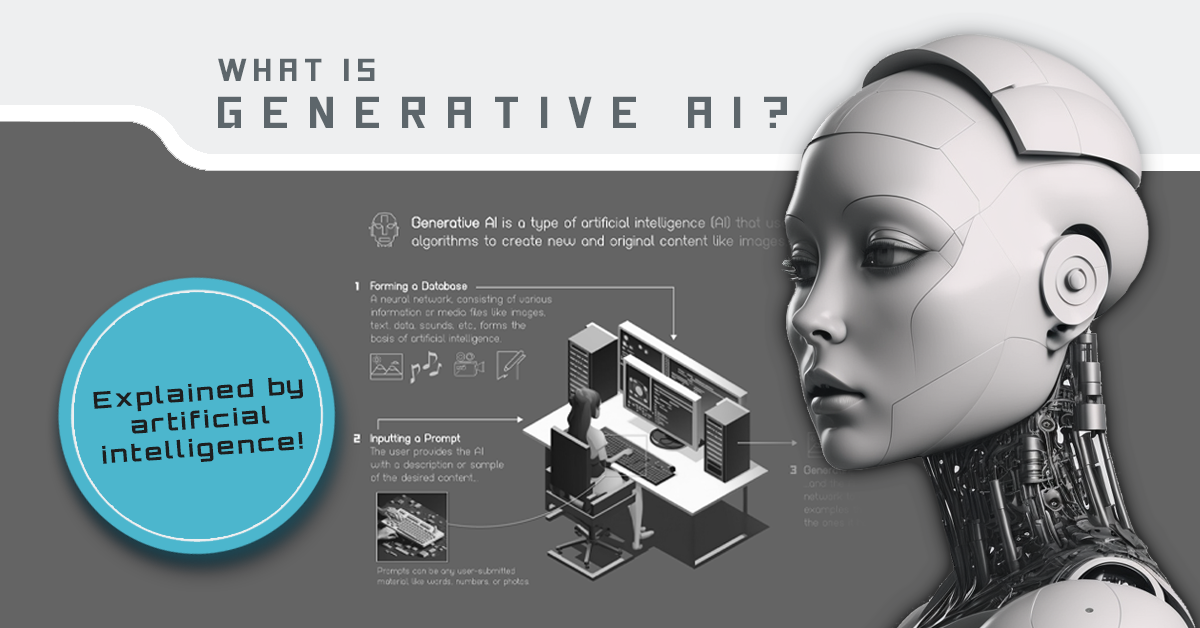All Categories
Featured
That's why so lots of are implementing vibrant and smart conversational AI versions that clients can interact with through message or speech. In addition to customer service, AI chatbots can supplement marketing initiatives and support internal communications.
The majority of AI business that educate large versions to generate message, photos, video clip, and audio have not been transparent regarding the material of their training datasets. Various leakages and experiments have actually disclosed that those datasets include copyrighted material such as publications, newspaper posts, and films. A number of suits are underway to figure out whether use copyrighted product for training AI systems constitutes reasonable usage, or whether the AI business need to pay the copyright holders for use of their material. And there are of program lots of classifications of poor things it can theoretically be made use of for. Generative AI can be used for personalized frauds and phishing assaults: For instance, making use of "voice cloning," scammers can copy the voice of a particular person and call the individual's family with a plea for assistance (and money).

(At The Same Time, as IEEE Spectrum reported this week, the U.S. Federal Communications Compensation has actually reacted by banning AI-generated robocalls.) Picture- and video-generating tools can be used to create nonconsensual porn, although the devices made by mainstream business prohibit such usage. And chatbots can theoretically walk a potential terrorist via the steps of making a bomb, nerve gas, and a host of other scaries.
What's more, "uncensored" versions of open-source LLMs are around. In spite of such possible troubles, many individuals assume that generative AI can also make people more productive and could be used as a tool to allow entirely brand-new types of imagination. We'll likely see both catastrophes and imaginative flowerings and plenty else that we do not anticipate.
Find out more about the mathematics of diffusion versions in this blog post.: VAEs consist of two neural networks commonly described as the encoder and decoder. When provided an input, an encoder transforms it into a smaller sized, more dense representation of the information. This pressed representation protects the info that's needed for a decoder to rebuild the initial input information, while throwing out any kind of unnecessary details.
Supervised Learning
This allows the user to conveniently example brand-new latent representations that can be mapped with the decoder to create unique data. While VAEs can create results such as photos much faster, the pictures generated by them are not as described as those of diffusion models.: Found in 2014, GANs were considered to be the most commonly used method of the 3 prior to the current success of diffusion versions.
Both versions are trained together and get smarter as the generator generates much better material and the discriminator gets better at identifying the created material. This treatment repeats, pressing both to consistently boost after every iteration up until the created web content is equivalent from the existing content (AI and blockchain). While GANs can give top quality samples and generate outcomes promptly, the sample diversity is weak, consequently making GANs better suited for domain-specific information generation
: Similar to recurring neural networks, transformers are designed to refine consecutive input information non-sequentially. 2 mechanisms make transformers specifically skilled for text-based generative AI applications: self-attention and positional encodings.
Generative AI begins with a foundation modela deep discovering version that acts as the basis for several different kinds of generative AI applications - Robotics process automation. One of the most typical structure models today are big language models (LLMs), produced for text generation applications, however there are additionally foundation versions for image generation, video generation, and sound and music generationas well as multimodal structure models that can support numerous kinds web content generation
Human-ai Collaboration
Find out more about the history of generative AI in education and learning and terms related to AI. Discover more regarding how generative AI features. Generative AI devices can: React to prompts and concerns Produce photos or video clip Summarize and synthesize details Modify and modify web content Generate imaginative jobs like musical structures, stories, jokes, and rhymes Compose and deal with code Adjust information Develop and play video games Abilities can differ dramatically by device, and paid versions of generative AI devices usually have specialized functions.

Generative AI tools are regularly discovering and advancing yet, since the date of this publication, some limitations include: With some generative AI tools, continually integrating real study right into text stays a weak functionality. Some AI tools, for instance, can produce text with a referral listing or superscripts with links to resources, however the referrals frequently do not match to the message developed or are fake citations constructed from a mix of actual magazine details from several resources.
ChatGPT 3.5 (the free version of ChatGPT) is educated using information available up until January 2022. ChatGPT4o is educated making use of data offered up till July 2023. Various other tools, such as Bard and Bing Copilot, are always internet linked and have access to current details. Generative AI can still compose possibly inaccurate, oversimplified, unsophisticated, or prejudiced actions to inquiries or motivates.
This listing is not detailed however features some of the most extensively used generative AI tools. Tools with free versions are shown with asterisks. (qualitative research AI aide).
Latest Posts
What Are Ai-powered Robots?
Ai For Supply Chain
What Are Ethical Concerns In Ai?